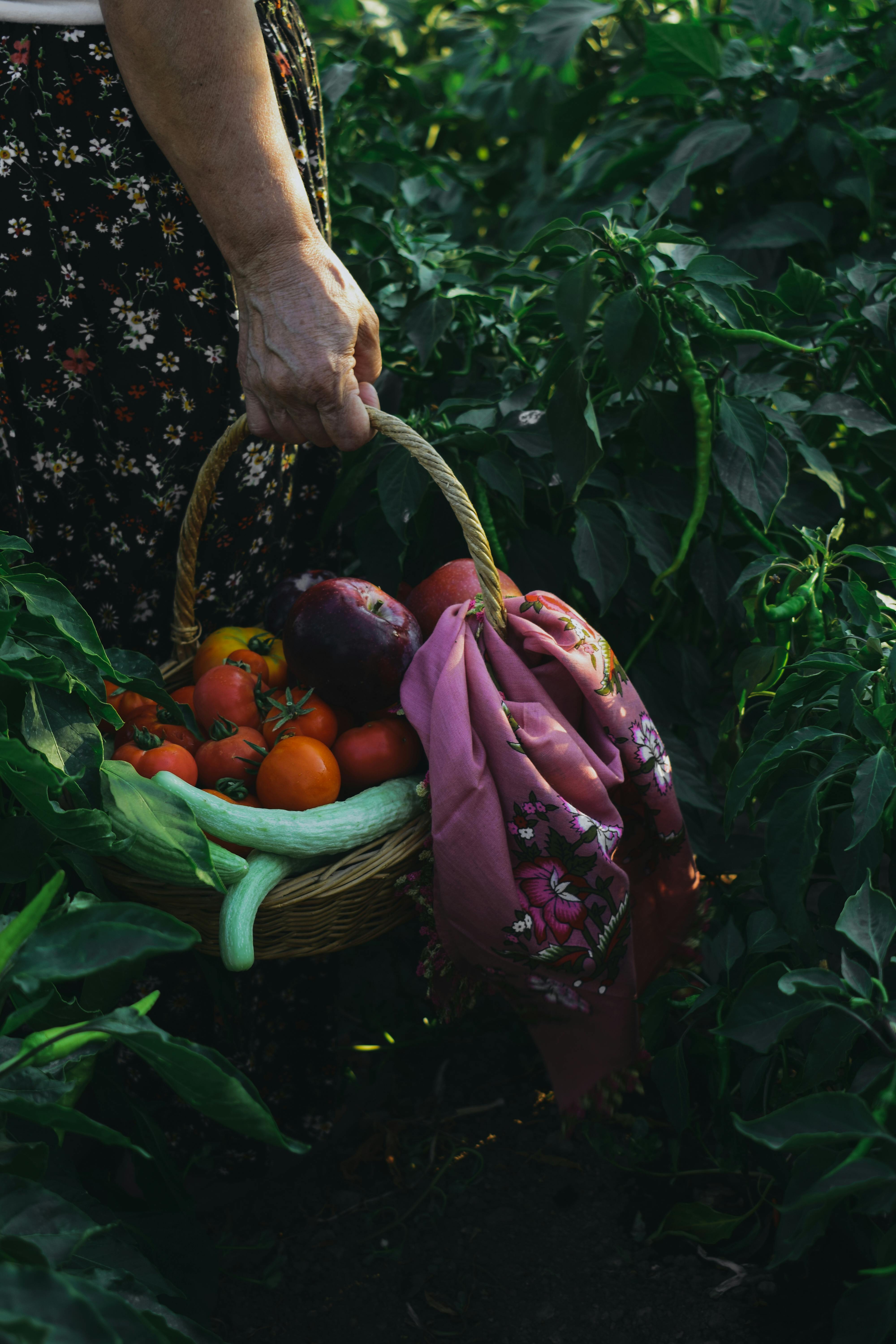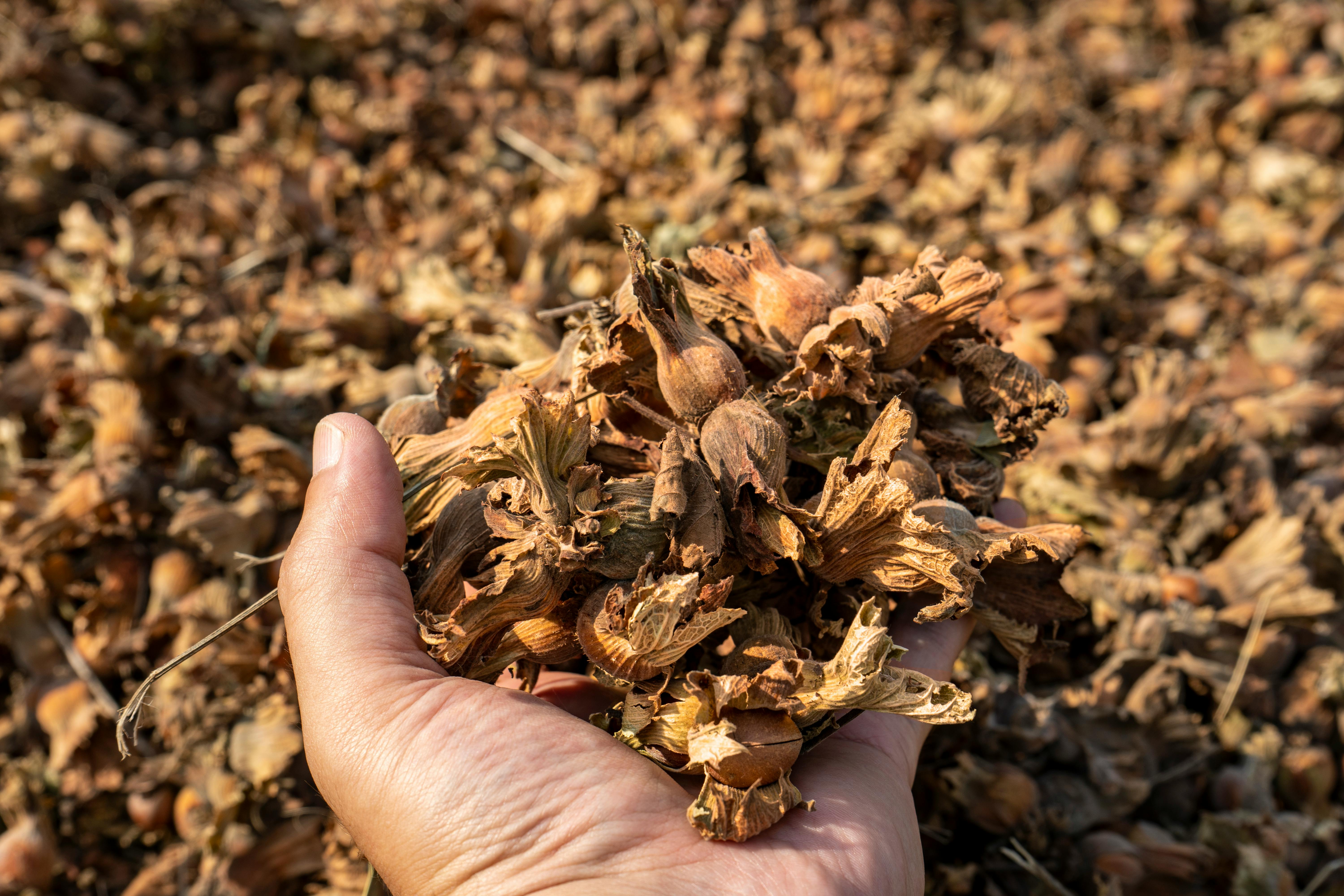Turkey’s Sustainable Agriculture Guide: Long-Term Food Security & Farmer Success
Let me start with a candid observation I’ve made over years of working alongside Turkish farmers:
Too many sector reports miss the *real* human dynamics—and ignore the gritty, day-to-day reality of keeping agricultural business afloat.
Turkey offers a unique blend of ancient tradition and modern innovation, making it one of the most fascinating case studies in sustainable agricultural development.
Recently, I stood in a Simav wheat field, feeling the pulse of centuries-old soil beneath my boots. There’s something almost mystical about Turkey’s agricultural legacy.
Yet, the real story? Survival, adaptability, and—maybe above all—long-term security for both food systems and those who tend them.
In this comprehensive guide, I’ll walk through current challenges, best practices, and actionable strategies for achieving truly sustainable agriculture in Turkey. Whether you’re a long-established Anatolian farmer or just starting to explore regenerative methods, this post is intentionally designed for a broad spectrum: newcomers, seasoned field experts, policy-makers, and agri-tech innovators alike.
We’ll cover the evolving landscape—from drought-resistant crops and water conservation to market-access transformation, tech integration, and the genuine lived experiences that never make the headlines. I’ll stitch in local anecdotes, expert opinions, and country-specific facts you won’t find (or feel) in generic global sustainability templates.
Understanding Turkey’s Agricultural Landscape
Funny thing about Turkey: it’s simultaneously one of Europe’s oldest agricultural nations *and* a future-facing innovation hub.
According to the Turkish Statistical Institute1, about half of the country’s land is devoted to agriculture—far higher than many EU peers. That matters, especially when you realize Turkey’s food production supports not only domestic needs but also major export partners in the Middle East, North Africa, and parts of Europe. In 2022 alone, the agri-food sector accounted for over 5% of GDP2 and directly employed roughly 20% of the workforce.
Here’s what gets me: over the last decade, climate change, urbanization, and global market volatility have fundamentally transformed the way Turkish agriculture operates. What used to be a stable wheat/barley/fruit rotation now looks much more like a chess match, with shifting pieces dictated by rain patterns, commodity prices, and EU regulatory shifts.
Turkey ranks first in Europe and seventh globally for agricultural output—ahead of Germany, France, and Spain.3 Its geographic diversity allows for nearly every crop imaginable, from tea on the Black Sea coast to olives in the Aegean and citrus in the Mediterranean.
Foundations of Sustainable Practices
Now, a lot of sustainability guides tout generalized techniques—organic farming, crop rotation, soil restoration, etc. In truth? Those approaches need a regional twist in Turkey. Back in 2019, I worked with a group of Sivas farmers, who—after reading a European report on “universal sustainable farming practices”—ended up losing an entire season’s yield to a local pest their international consultants hadn’t considered.4
So, what does “sustainable” mean here?
At its core, it’s about intergenerational stewardship—techniques that keep yields stable, soils fertile, and farmer profits secure even as the climate throws curveballs. As a rough breakdown, sustainable agriculture in Turkey is grounded in:
- Water-smart irrigation (pivoting from flood to drip/sensor systems)
- Soil health restoration through organic matter, green manures, and crop selection
- Integrated pest management with local varietal adaptation
- Market resilience via cooperative access and price transparency
Featured Expert Commentary
“Sustainability in Turkish agriculture means blending ancient wisdom, modern technology, and a stubborn willingness to adapt. No two provinces have identical needs; the solutions must be as diverse as the landscape.”
That quote has stuck with me ever since a 2023 conference in Istanbul. There, experts stressed the necessity of regional approaches, redundancy planning, and farmer empowerment as the backbone of sustainable food security. You can see similar advice in the recommendations by the FAO and Turkey’s Ministry of Agriculture5, which both emphasize context-driven agricultural systems.
Regional Innovations and Case Studies
Previously, sustainability talk was just theory in most Turkish villages. Now? It’s real—and urgent. In recent years, drought-prone provinces like Konya have shifted en masse to precision irrigation—Halil Demir, a legacy wheat farmer, told me he “regrets not making the switch earlier” after seeing yields climb 35% on less than half the water.6
But it’s not just about hardware. Balikesir’s renowned olive groves benefited immensely from a farmer-led cooperative pushing for digital soil monitoring and regenerative ground cover—a technique that, over three seasons, cut fertilizer expenses by 22% while improving oil quality.7
- Konya plains: Pivot irrigation and drought-resilient wheat varieties (record yield in 2024)
- Balikesir: Cooperative-led digital soil monitoring increases crop quality
- Antalya: Integrated pest management with native biological controls
- Trabzon: Climate-adapted tea cultivars for sustained output amid erratic weather
Policy, Market Access, and Tech Adoption
Now, I won’t pretend Turkey’s agricultural policies are perfectly streamlined. Honestly, I’ve lost count of shifts in subsidy allocation and export restrictions over the past decade. But some improvements stand out, especially the Integrated Agricultural Support Model launched in 2021, which prioritizes smallholder empowerment, digital agri-data tracking, and transparent market access.8
This isn’t just bureaucracy for the sake of bureaucracy—recent policy pivots actively shape farmer opportunity. For instance, the e-Subsidy system helped thousands of producers in Yozgat secure real-time pricing, reducing market manipulation and “middleman” losses for barley and sunflower seeds.
Featured Data Table: Policy Impact by Region
| Region | Policy Initiative | Reported Impact | Year |
|---|---|---|---|
| Aegean | Organic Farming Roles Expansion | +18% certified producers | 2022 |
| Central Anatolia | e-Subsidy Market System Launch | -12% price volatility | 2021 |
| Mediterranean | Water Conservation Program | +28% efficiency | 2023 |
| Black Sea | Climate-adapted Crop Trials | +8% average yield | 2024 |
What’s struck me is the sheer variety of region-specific policy experiments—and their measurable bottom-line impact. Of course, some of these initiatives still face traditional resistance and logistical hiccups (there’s that classic “we’ve always done it this way” mindset).
Expert Perspective
“Digital transformation is not just about technology—it’s fundamentally changing how farmers collaborate, learn, and access markets. Turkey’s greatest strength remains its cooperative spirit.”
Farmer-Centered Strategies for Success
Let me think about this—it’s always the same basic formula, and yet, the details make all the difference.
Seasoned Turkish farmers succeed not because they adopt flashy global trends, but due to their ability to layer best practices with local wisdom. From my perspective, everything boils down to three main routes for sustainable success:
- Crop Diversification: Rotating cereals with legumes, nuts, and high-demand specialty produce to regain soil health and hedge against price shocks.
- Community-Based Risk Sharing: Forming producer unions and “joint loss insurance pools” to smooth seasonal unpredictability.
- Regenerative Practice Adoption: Implementing cover cropping, reduced tillage, and biological pest control—raising both yields and environmental resilience.
Case in point: The Sultanhisar Nut Growers’ Association piloted a dual-crop model in 2022—hazelnuts interplanted with chickpeas—increasing household income by 29% over previous monoculture methods.10 That sort of bottom-up innovation often outpaces corporate or governmental programs.
Thoughtful Questions to Consider
- How might your local soil and climate change your approach to “universal” sustainability advice?
- What cooperative or technology pilot could you join to multiply your resilience?
- How can Turkey balance export ambitions with domestic food security—does current policy help or hinder?
- Which lessons from Anatolia’s past are most relevant for modern sustainable practice?

Future-Proofing Turkey’s Food Security
Okay, let’s step back. By now, most Turkish farmers know the immediate threats—drought, soil degradation, unstable commodity prices. But what about future-proofing for shifts we *can’t* yet predict? This is where my thinking keeps evolving, especially as new tech pilots hit the ground each season.
To truly secure food systems for coming generations, Turkey must leverage advanced sustainability frameworks:
- Agroforestry and perennial crops to reduce erosion, stabilize carbon, and create year-round income streams.
- Smart sensor-driven irrigation to optimize water use amid increasingly erratic rainfall patterns.
- Genetic crop adaptation with regionally relevant cultivar development—my mentor always stressed that “local seed wins local drought.”
- Circular agricultural models including bio-waste recycling and renewable energy integration.
Definition Box: What is “Agroforestry”?
Measurable Outcomes (Featured Snippet Table)
| Technique | Average Yield Gain | Environmental Benefit | Cost Reduction |
|---|---|---|---|
| Drip Irrigation | +27% | -40% water use | -15% input costs |
| Crop Diversification | +19% | Improved soil health | Neutral |
| Regenerative Tillage | +13% | Reduced erosion | -8% labor costs |
| Agroforestry | +24% | Greater climate resilience | -7% fuel costs |
Current Trends & Market Integration
Interestingly enough, Turkish agriculture is now at a crossroads between “tech-assisted” and “tradition-anchored.” For Crops to Markets Inc., market integration means digitized inventory, instant traceability, and compliance with global food safety standards. For local Yozgat families, it’s knowing your neighbor’s farming methods—and trusting the products to be genuinely local.
According to the World Bank, Turkey’s export competitiveness has grown largely due to improved sustainability standards and digital traceability projects.12 Yet, rural access remains uneven—high-tech systems help some regions while others lag.
Case Study: Pontic Hazelnut-Cooperative Model
Back in 2023, I caught up with the Pontic Hazelnut Cooperative, a group famed for blending regenerative agroforestry with digital tracking. Their “nut-to-market” tech solution slashed administrative time and secured premium pricing—a solid 41% more than traditional non-traceable suppliers.13 Here’s the thing—community ownership and shared risk management were at the heart of their success. It’s *these* details, often overlooked, that drive real change.
“Turkey has the raw natural wealth, community-driven farmer spirit, and policy momentum needed for sustainable food security—now, real transformation depends on farm-level risk-sharing and market innovation.”
Long-Term Questions
- Will Turkey’s farmland be ready for the next climate shock—or does the current system need urgent overhaul?
- Can new agroforestry models truly scale to solve nationwide soil decline?
- How do “success stories” in the Aegean region translate to the drier, risk-prone Southeast?
- Who stands to lose (and win) in Turkey’s drive toward global, sustainable food markets?
Summary: Putting Turkey’s Sustainable Ag Model into Action
To wrap it all up—Turkey’s sustainable agricultural future isn’t a single path. It’s a living, breathing mosaic, woven from regional adaptation, farmer innovation, and policy-guided market openness. I’m partial to models that balance ancient Anatolian wisdom with smart tech, but I’ll be completely honest: future food security demands open-mindedness, flexibility, and a healthy dose of local stubbornness.
If you ask me what the single greatest lesson has been? It’s that *bottom-up* change driven by empowered farmers consistently outperforms top-down mandates. The real heroes are the producers willing to swap old habits for new evidence-based, regionally tailored techniques – even when neighbors initially scoff.
What really strikes me about Turkey’s journey is the blend of risk sharing, local experimentation, and a willingness to “fail faster.” My professional advice: keep your learning agile, treat every season as a data point, and build community coalitions to amplify both resilience and results.
Next Steps for Readers
- Review regional government initiatives for sustainability pilots and market access programs.
- Join or form a local cooperative for risk-sharing and innovation exchange.
- Experiment with at least one new sustainable technique this season—track the outcomes.
- Mentor younger farmers on adaptation strategies; learn from their fresh perspective.
- Stay tuned for updated policy announcements and integrate useful frameworks early.
Opportunities to Repurpose This Guide
- Extract tables and data for local extension workshops or digital infographics.
- Curate quotes and farmer stories for social media platforms and webinars.
- Transform callout boxes and actionable insights into newsletter bulletins for cooperatives.
- Adapt the guide for podcast or agri-radio segments, featuring expert interviews.
- Update key sections as new policy or climate developments emerge—make content evergreen.
References & Further Reading
References



